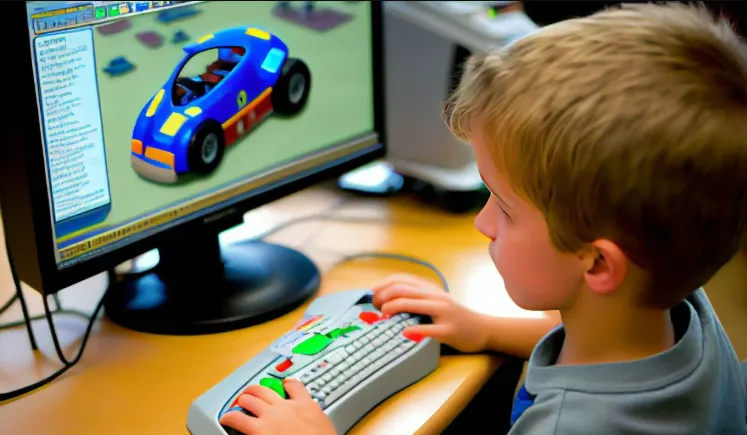From climbing sheer cliffs to investing in volatile markets, human beings have long been fascinated by risk. This attraction isn’t always logical—it often flies in the face of caution, probability, and even common sense. Still, millions around the world find themselves engaging in activities where outcomes are unpredictable, and consequences can be high. A visit to a casino perfectly illustrates this behavior. People know the odds are against them, yet they continue to play, lured by the excitement of potential reward. For some, the experience is just as thrilling as the win itself.
One might bet not just money, but time and emotional investment, chasing that elusive moment of triumph. This pursuit of uncertainty is deeply rooted in human psychology. Scientists suggest that the dopamine rush we get from taking risks—even small ones—reinforces the behavior. Over time, our brains become conditioned to seek these stimuli, creating a loop that can be difficult to break. This is especially evident in settings like a casino, where lights, sounds, and rapid feedback amplify the appeal.
Risk-taking isn’t inherently bad. In fact, it’s been a fundamental driver of human progress. Explorers who crossed oceans, inventors who defied tradition, and entrepreneurs who launched startups all took significant risks. Without this instinct, much of what we take for granted today wouldn’t exist. The difference, however, lies in the motivation and control behind these actions. While calculated risk can lead to innovation, impulsive risk often leads to regret.
The design of environments that promote risky behavior—like casinos—takes advantage of this human tendency. Every element is crafted to encourage continued engagement. From the layout of machines to the intermittent rewards, each detail works together to keep participants in a state of heightened anticipation. This taps into what’s known as “variable reinforcement,” a principle discovered in behavioral psychology. When rewards are unpredictable, they tend to be more effective in reinforcing behavior than when they are guaranteed.
Interestingly, risk perception is also influenced by personal factors such as age, gender, and cultural background. Younger individuals, for example, are more likely to underestimate potential consequences. This makes them more prone to engaging in high-risk activities, including gambling. Cultural narratives can also play a role—some societies frame risk as a form of bravery or intelligence, further normalizing or even glorifying it.
Despite these psychological mechanisms, awareness and education can empower individuals to make more informed decisions. Understanding how risk affects the brain and behavior allows for greater self-control. For instance, when people recognize how certain environments manipulate their instincts, they’re better equipped to resist impulsive decisions.
Moreover, the digital age has made risky environments more accessible. Online platforms now replicate the sensory stimulation of physical casinos, allowing individuals to engage in high-stakes behavior from the comfort of home. This accessibility has raised concerns among mental health professionals, who warn that the line between entertainment and addiction can blur quickly.
In the end, the human attraction to risk is a complex interplay of biology, emotion, and environment. While it can lead to growth and discovery, it also demands caution and self-awareness. Understanding why we take risks—and the psychology behind those choices—is the first step toward mastering them. Only then can we enjoy the thrill of uncertainty without falling victim to its pitfalls.







